Jonathan Barouch explained how the Experience Hub bridges AI and human collaboration, focusing on empathy, meaningful resolutions, and customer relationships that build long-term trust and loyalty.
The contact centre is no longer just a place to handle complaints or answer queries. It’s evolving into a dynamic hub where human insight meets AI intelligence.
The Experience Hub concept reimagines every touchpoint, unifying data and interactions to create seamless, personalised customer journeys. Here, resolution matters more than speed, and empathy is as vital as efficiency.
In this new model, technology amplifies human skill, making every interaction smarter, faster, and more meaningful, setting the stage for the future of CX.

“As customer expectations evolve, the Experience Hub model will unify all interactions and data across channels, transforming the contact centre into the connectivity tissue of the customer journey,” says Jonathan Barouch, Vice President, GM Contact Center, Zendesk.
Jonathan Barouch shares how the Experience Hub bridges AI and human collaboration, shifting focus from speed and metrics to meaningful resolutions, empathy, and customer relationships that drive long-term trust and loyalty.
Excerpts from the interview:
Do you believe the future contact centre will still need the concept of “handoff” between humans and AI? Or should we be designing journeys where the lines are completely blurred?
There will inevitably be handoffs and escalations, but as AI continues to mature, the distinction between “digital” and “human” will fade, replaced by personalised experiences where customers simply feel supported, and resolution is the ultimate goal. Whether human or digital, agents will shift from reactive responders to proactive collaborators, with human agents overseeing AI-powered digital workers and stepping in as needed to ensure quality.
Best practices and expertise of top agents are embedded into every action, scaling elite performance instantly without the lengthy process of attracting, training and retaining talent. With AI, businesses can bring the knowledge of their best agent to every customer interaction.
At Zendesk, we help make this vision a reality by equipping human agents with AI-powered tools like the Zendesk Agent Copilot. These tools provide real-time insights and tailored response suggestions, enabling agents to deliver faster, more personalised, and empathetic support.
This seamless blend of AI and human expertise ensures customers receive consistently high-quality service while always having the option to connect with a human when needed.
Many AI-enhanced contact centre tools are still built around efficiency metrics like AHT and deflection. What’s your take on how this obsession with productivity is shaping, or warping, the customer experience?
Productivity metrics like AHT, Occupancy, and even ACW will eventually become irrelevant in a future where customer experience is frictionless, automated, and proactive.
For example, AHT becomes meaningless when the cost to serve with AI approaches zero—making a 10-minute support call no more costly than a one-hour call. As a result, businesses must shift focus to resolution-centric metrics that prioritise effectively resolving customer issues and delivering the outcomes customers expect.
For Zendesk, a resolution means the issue is truly resolved and the case is closed. We were first to market with resolution-based pricing, and our platform is purpose-built to deliver on this outcome, irrespective of the channel. This is powered by a scalable CCaaS, deep omnichannel capabilities, a robust knowledge base, and advanced AI agents that together unify and streamline the customer journey.
We believe businesses need to rethink customer experience as an ongoing relationship where agents actively manage outcomes, owning resolutions informed by AI-driven insights and holistic context.
The Zendesk Resolution Platform integrates AI agents, a unified knowledge system, automation, and human expertise to help businesses resolve both customer and employee requests more efficiently and accurately, moving beyond traditional productivity metrics to truly elevate CX.
In a human + machine contact centre, how can one ensure the emotional intelligence of the human agent isn’t eroded by too much reliance on automated prompts or scripts?
The technology in this space is still in its infancy. While AI can already detect customer sentiment and tone, and even adjust engagement in real time, there are clear limits to its capabilities—especially when it comes to replicating genuine human empathy and understanding.
There will always be a natural tension between deploying automation for efficiency and making sure that humans stay in the loop for more complex work or escalations.
In situations where a customer simply needs to reset a password, for example, most are not looking for emotional intelligence—they just want the issue resolved quickly, whether the interaction is with a human or a digital agent.
To ensure emotional intelligence isn’t eroded, it’s important that automation is reserved for routine, transactional tasks, while human agents are empowered and supported to manage the complex, sensitive, and high-value interactions where their EQ is essential.
At Zendesk, our approach is to blend smart AI automation for repetitive tasks, freeing up human agents to focus on the moments that require empathy, creativity, and strengthening customer connections.
You’ve probably seen customers who no longer want service; they want resolution, ownership, and empathy in real time. How can the Experience Hub model respond to this psychological shift?
As customer expectations evolve, the Experience Hub model will unify all interactions and data across channels, transforming the contact centre into the connectivity tissue of the customer journey. This ensures that every individual’s history and needs are recognised, while agents are equipped with a real-time, 360-degree view to support personalised experiences.
We believe businesses need to shift their mindset toward prioritising an “ongoing relationship” with customers. Within this model, agents can actively manage outcomes and own resolutions, informed by AI-driven insights and holistic context.
The Experience Hub ultimately positions itself as the strategic heart of the brand, cultivating trust and loyalty, rather than just functioning as a traditional call centre.
What kinds of organisational changes do you believe are necessary before a contact centre can truly become an Experience Hub? Where do most companies get stuck?
Becoming a true Experience Hub requires more than new technology—it demands a fundamental rethinking of how contact centres operate, including the transformation of workflows, team structures, and organisational culture.
AI is central to this shift, automating routine, repetitive tasks across channels and freeing agents to focus on complex, high-value interactions that require empathy and judgment. This enables agents to become proactive supervisors, managing AI-powered automation at scale while embedding their expertise at every customer touchpoint.
Many organisations get stuck due to legacy systems and siloed departments, which prevent seamless integration between support and other teams and result in fragmented customer experiences.
Even as digital channels proliferate, voice remains the most natural and trusted way for customers to engage. In this context, AI’s role is not to replace the human voice but to enhance it.
For businesses aiming to transform their contact centres, the critical questions are:
– How can AI be thoughtfully integrated to elevate the customer experience?
– How should workflows and organisational structures evolve to support this new approach?
– And how can the unique value of voice be preserved and amplified in a multichannel world?
Addressing these considerations will define the next generation of customer experience.
Where most companies falter is in viewing technology as a silver bullet, underestimating the organisational and cultural change required. Real success depends on leadership fostering a culture of experimentation, rewarding collaboration, and shifting incentives toward delivering customer resolutions rather than focusing on isolated productivity metrics.
When everything is orchestrated, from tone of voice to resolution pathways, how do you ensure the experience still feels human to the customer? What does “authenticity” even mean in this future model?
I would actually challenge the premise of the question. The assumption seems to be that future Experience Hubs will simply involve humans interacting with other humans or automated agents dutifully fulfilling human commands. In reality, future support models are likely to be far more complex, multi-modal, and cross-channel.
For example, a customer journey may begin with an asynchronous message to an AI voice assistant, which then relays the request to an automated service agent on a platform like Zendesk, using agent-to-agent APIs to resolve issues with the brand.
If the request can’t be fulfilled, data is passed back to the voice assistant, which may need to gather additional context from the human customer. In this future, what does “authenticity” mean? It’s less about replicating traditional human interaction and more about delivering highly personalised, seamless service.
While the user experience must remain tailored to individual needs, authenticity in this context is about providing genuine, effective support—regardless of whether it’s delivered by a human or an AI-powered system.
ALSO READ: Experience Debt: The Silent Killer of CX Progress









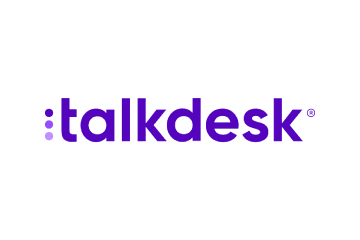

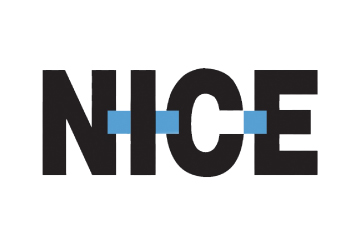







 Amplitude is a product analytics platform, enabling businesses to track visitors with the help of collaborative analytics. The platform leverages the capabilities of
Amplitude is a product analytics platform, enabling businesses to track visitors with the help of collaborative analytics. The platform leverages the capabilities of 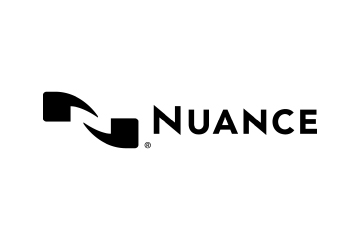

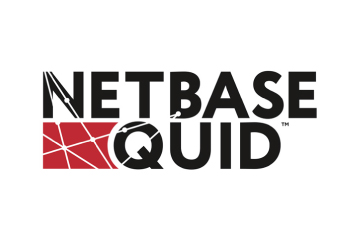


 Zoho Social, a part of Zoho’s suite of 50+ products, is a comprehensive social media management platform for businesses and agencies. The Zoho Social dashboard includes a robust set of features, such as Publishing Calendar, Bulk Scheduler, and Approval Management to offer businesses all the essential social media publishing tools. Its monitoring tools help enterprises track and respond to relevant social conversations.
Zoho Social, a part of Zoho’s suite of 50+ products, is a comprehensive social media management platform for businesses and agencies. The Zoho Social dashboard includes a robust set of features, such as Publishing Calendar, Bulk Scheduler, and Approval Management to offer businesses all the essential social media publishing tools. Its monitoring tools help enterprises track and respond to relevant social conversations.

 Microsoft Dynamics 365 represents a robust cloud-based CRM solution with features such as pipeline assessment, relationship analytics, and conversational intelligence. It utilises AI-powered insights to provide actionable intelligence via predictive analytics, lead scoring, sentiment analysis, etc. Currently, Microsoft operates in 190 countries and is made up of more than 220,000 employees worldwide.
Microsoft Dynamics 365 represents a robust cloud-based CRM solution with features such as pipeline assessment, relationship analytics, and conversational intelligence. It utilises AI-powered insights to provide actionable intelligence via predictive analytics, lead scoring, sentiment analysis, etc. Currently, Microsoft operates in 190 countries and is made up of more than 220,000 employees worldwide.
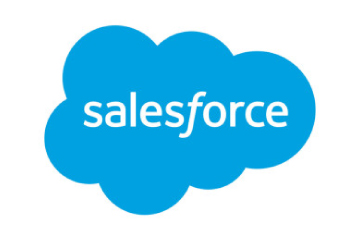
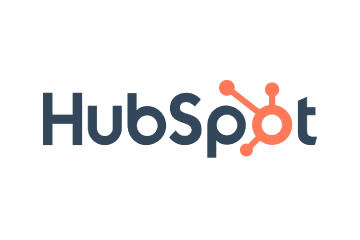 HubSpot is an inbound marketing, sales, and customer service software provider, offering robust CRM and automation solutions. Some of its products include Marketing Hub, Sales Hub, Operations Hub, Content Hub, Commerce Hub, Marketing Analytics and Dashboard Software. Guided by its inbound methodology, HubSpot enables companies to prioritise innovation and customer success.
HubSpot is an inbound marketing, sales, and customer service software provider, offering robust CRM and automation solutions. Some of its products include Marketing Hub, Sales Hub, Operations Hub, Content Hub, Commerce Hub, Marketing Analytics and Dashboard Software. Guided by its inbound methodology, HubSpot enables companies to prioritise innovation and customer success.
 Monday.com is a project management software company, offering a cloud-based platform that enables businesses
Monday.com is a project management software company, offering a cloud-based platform that enables businesses 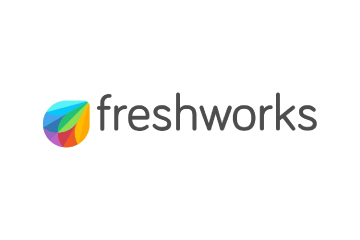 Headquartered in San Mateo, California, Freshworks is a global AI-powered business software provider. Its tech stack includes a scalable and comprehensive suite for IT, customer support, sales, and marketing teams, ensuring value for immediate business impact. Its product portfolio includes Customer Service Suite, Freshdesk, Freshchat, Freshcaller, Freshsuccess, and Freshservice. Freshservice for Business Teams has helped several global organisations to enhance their operational efficiency.
Headquartered in San Mateo, California, Freshworks is a global AI-powered business software provider. Its tech stack includes a scalable and comprehensive suite for IT, customer support, sales, and marketing teams, ensuring value for immediate business impact. Its product portfolio includes Customer Service Suite, Freshdesk, Freshchat, Freshcaller, Freshsuccess, and Freshservice. Freshservice for Business Teams has helped several global organisations to enhance their operational efficiency.
 Talkdesk offers an innovative AI-powered customer-centric tech stack to its global partners. The company provides generative AI integrations, delivering industry-specific solutions to its customers. Talkdesk CX Cloud and Industry Experience Clouds utilise modern machine learning and language models to enhance contact centre efficiency and client satisfaction.
Talkdesk offers an innovative AI-powered customer-centric tech stack to its global partners. The company provides generative AI integrations, delivering industry-specific solutions to its customers. Talkdesk CX Cloud and Industry Experience Clouds utilise modern machine learning and language models to enhance contact centre efficiency and client satisfaction.



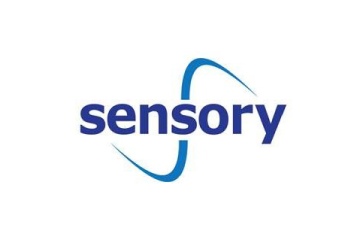
 The company offers comprehensive cloud-based solutions, such as Microsoft Dynamics 365, Gaming Consoles, Microsoft Advertising, Copilot, among other things, to help organisations offer enhanced CX and ROI. Its generative-AI-powered speech and voice recognition solutions,such as Cortana and Azure Speech Services empowers developers to build intelligent applications.
The company offers comprehensive cloud-based solutions, such as Microsoft Dynamics 365, Gaming Consoles, Microsoft Advertising, Copilot, among other things, to help organisations offer enhanced CX and ROI. Its generative-AI-powered speech and voice recognition solutions,such as Cortana and Azure Speech Services empowers developers to build intelligent applications.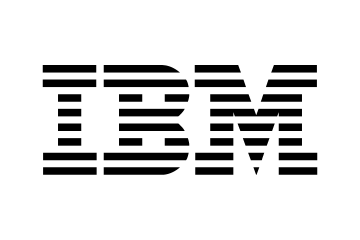 IBM is a global hybrid cloud and AI-powered
IBM is a global hybrid cloud and AI-powered  Uniphore is an enterprise-class, AI-native company that was incubated in 2008. Its enterprise-class multimodal AI and data platform unifies all elements of voice, video, text and data by leveraging Generative AI, Knowledge AI, Emotion AI and workflow automation. Some of its products include U-Self Serve, U-Assist, U-Capture, and U-Analyze. Its Q for Sale is a conversational intelligence software that guides revenue teams with AI-powered insights, offering clarity on how to effectively keep prospects engaged.
Uniphore is an enterprise-class, AI-native company that was incubated in 2008. Its enterprise-class multimodal AI and data platform unifies all elements of voice, video, text and data by leveraging Generative AI, Knowledge AI, Emotion AI and workflow automation. Some of its products include U-Self Serve, U-Assist, U-Capture, and U-Analyze. Its Q for Sale is a conversational intelligence software that guides revenue teams with AI-powered insights, offering clarity on how to effectively keep prospects engaged. Google Cloud accelerates every organisation’s ability to digitally transform its business. Its enterprise-grade solutions leverage modern technology to solve the most criticial business problems
Google Cloud accelerates every organisation’s ability to digitally transform its business. Its enterprise-grade solutions leverage modern technology to solve the most criticial business problems  8×8 offers out-of-the-box contact centre solutions, assisting all-size businesses to efficiently meet customer needs and preferences. It offers custom CRM integrations support and integrates effortlessly with third-party CRMs like Salesforce, Microsoft Dynamics, Zendesk, and more. Offering global support in all time zones & development teams in 5 continents, its patented geo-routing solution ensures consistent voice quality.
8×8 offers out-of-the-box contact centre solutions, assisting all-size businesses to efficiently meet customer needs and preferences. It offers custom CRM integrations support and integrates effortlessly with third-party CRMs like Salesforce, Microsoft Dynamics, Zendesk, and more. Offering global support in all time zones & development teams in 5 continents, its patented geo-routing solution ensures consistent voice quality. Sprinklr is a comprehensive enterprise software company for all customer-focused functions. With advanced AI, Sprinklr’s unified customer experience management (Unified-CXM) platform lets organisations offer human experiences to every customer, every time, across any modern channel.
Sprinklr is a comprehensive enterprise software company for all customer-focused functions. With advanced AI, Sprinklr’s unified customer experience management (Unified-CXM) platform lets organisations offer human experiences to every customer, every time, across any modern channel.

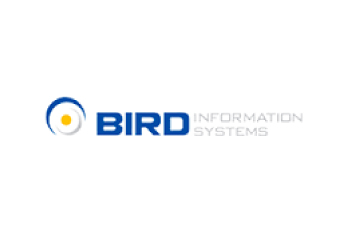
 Upland offers a comprehensive suite of contact centre and customer service solutions with products including InGenius, Panviva, Rant & Rave, and RightAnswers. InGenius enables organisations to connect their existing phone system with CRM, further enhancing agent productivity. Panviva provides compliant and omnichannel capabilities for highly regulated industries. Whereas, Rant & Rave, and RightAnswers are its AI-powered solutions,
Upland offers a comprehensive suite of contact centre and customer service solutions with products including InGenius, Panviva, Rant & Rave, and RightAnswers. InGenius enables organisations to connect their existing phone system with CRM, further enhancing agent productivity. Panviva provides compliant and omnichannel capabilities for highly regulated industries. Whereas, Rant & Rave, and RightAnswers are its AI-powered solutions, 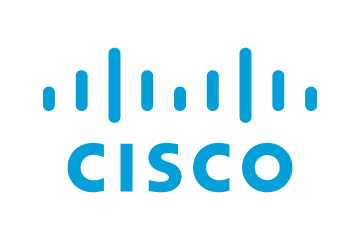


 Hootsuite, headquartered in Vancouver, is a social media management platform that streamlines the process of managing multiple social media accounts. Some of its core offerings include social media content planning and publishing, audience engagement tools, analytics and social advertising. Its easy-to-integrate capabilities help marketing teams to schedule and publish social media posts efficiently.
Hootsuite, headquartered in Vancouver, is a social media management platform that streamlines the process of managing multiple social media accounts. Some of its core offerings include social media content planning and publishing, audience engagement tools, analytics and social advertising. Its easy-to-integrate capabilities help marketing teams to schedule and publish social media posts efficiently.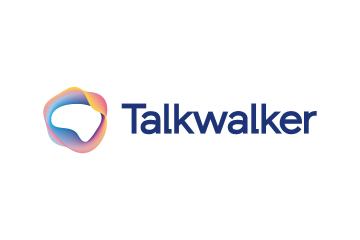

 Brandwatch enables businesses to build and scale the optimal strategy for their clients with intuitive, use-case-focused tools that are easy and quick to master. Bringing together consumer intelligence and social media management, the company helps its users react to the trends that matter, collaborate on data-driven content, shield the brand from threats and manage all the social media channels at scale.
Brandwatch enables businesses to build and scale the optimal strategy for their clients with intuitive, use-case-focused tools that are easy and quick to master. Bringing together consumer intelligence and social media management, the company helps its users react to the trends that matter, collaborate on data-driven content, shield the brand from threats and manage all the social media channels at scale.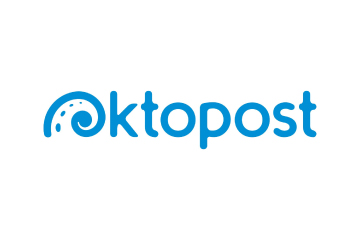

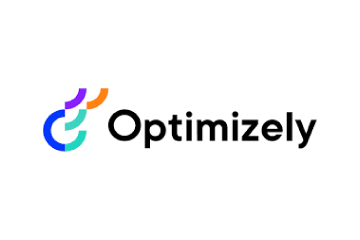
 Adobe Experience Cloud offers a comprehensive set of applications, capabilities, and services specifically designed to address day-to-day requirement for personalised customer experiences at scale. Its platform helps play an essential role in managing different digital content or assets to improve customer happiness. Its easy-to-optimise content gives users appropriate marketing streams, ensuring product awareness.
Adobe Experience Cloud offers a comprehensive set of applications, capabilities, and services specifically designed to address day-to-day requirement for personalised customer experiences at scale. Its platform helps play an essential role in managing different digital content or assets to improve customer happiness. Its easy-to-optimise content gives users appropriate marketing streams, ensuring product awareness.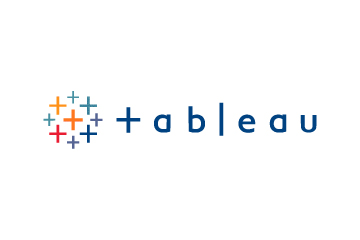 Salesforce-owned Tableau is an AI-powered analytics and business intelligence platform, offering the breadth and depth of capabilities that serve the requirements of global enterprises in a seamless, integrated experience. Marketers can utilise generative AI models, AI-powered predictions, natural language querying, and recommendationsons.
Salesforce-owned Tableau is an AI-powered analytics and business intelligence platform, offering the breadth and depth of capabilities that serve the requirements of global enterprises in a seamless, integrated experience. Marketers can utilise generative AI models, AI-powered predictions, natural language querying, and recommendationsons. Contentsquare is a cloud-based digital experience analytics platform, helping brands track billions of digital interactions, and turn those digital
Contentsquare is a cloud-based digital experience analytics platform, helping brands track billions of digital interactions, and turn those digital 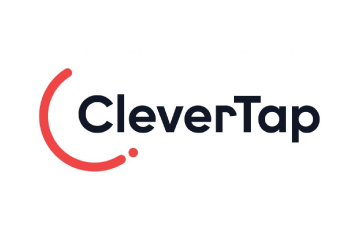

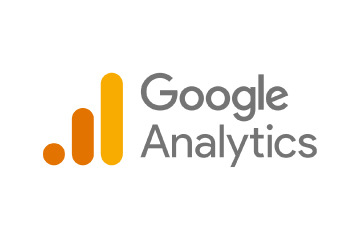
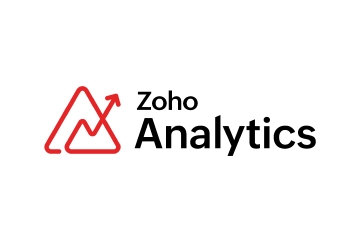 Zoho Corporation offers innovative and tailored software to help leaders grow their business. Zoho’s 55+ products aid sales and marketing, support and collaboration, finance, and recruitment requirements. Its customer analytics capabilities come with a conversational feature, Ask Zia. It enables users to ask questions and get insights in the form of reports and widgets in real-time.
Zoho Corporation offers innovative and tailored software to help leaders grow their business. Zoho’s 55+ products aid sales and marketing, support and collaboration, finance, and recruitment requirements. Its customer analytics capabilities come with a conversational feature, Ask Zia. It enables users to ask questions and get insights in the form of reports and widgets in real-time. Fullstory is a behavioural data platform, helping C-suite leaders make informed decisions by injecting digital behavioural data into its analytics stack. Its patented technology uncovers the power of quality behavioural data at scale, transforming every digital visit into actionable insights. Enterprises can increase funnel conversion and identify their highest-value customers effortlessly.
Fullstory is a behavioural data platform, helping C-suite leaders make informed decisions by injecting digital behavioural data into its analytics stack. Its patented technology uncovers the power of quality behavioural data at scale, transforming every digital visit into actionable insights. Enterprises can increase funnel conversion and identify their highest-value customers effortlessly.

 Started in 2005 in a Sweden-based small town, Norrköping, Voyado offers a customer experience cloud platform that includes a customer loyalty management system. This platform helps businesses design and implement customer loyalty programs, track customer
Started in 2005 in a Sweden-based small town, Norrköping, Voyado offers a customer experience cloud platform that includes a customer loyalty management system. This platform helps businesses design and implement customer loyalty programs, track customer 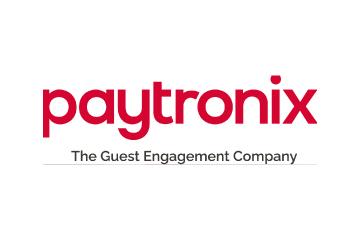


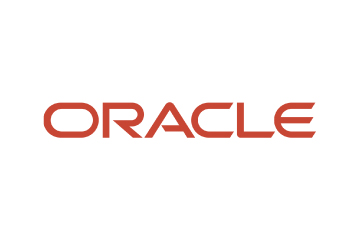
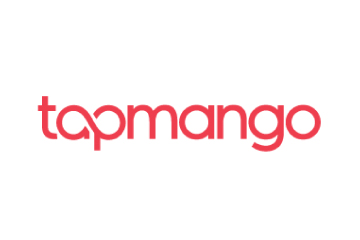 TapMango provides a comprehensive, customisable, flexible and feature-rich customer loyalty program. The loyalty tools include an integrated suite of customised consumer-facing technology, easy-to-use merchant tools, and automation algorithms, all aimed at enhancing customer experience. Adaptable to any industry, TapMango’s platform helps merchants compete with larger chains, converting customer one-time purchases into profitable spending habits.
TapMango provides a comprehensive, customisable, flexible and feature-rich customer loyalty program. The loyalty tools include an integrated suite of customised consumer-facing technology, easy-to-use merchant tools, and automation algorithms, all aimed at enhancing customer experience. Adaptable to any industry, TapMango’s platform helps merchants compete with larger chains, converting customer one-time purchases into profitable spending habits.
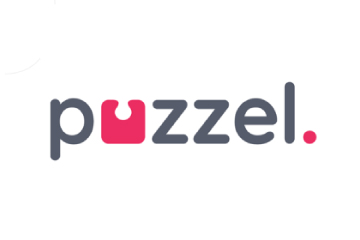
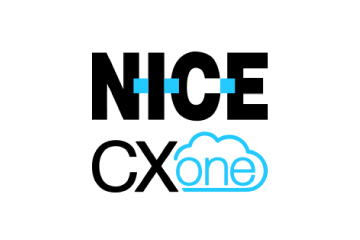


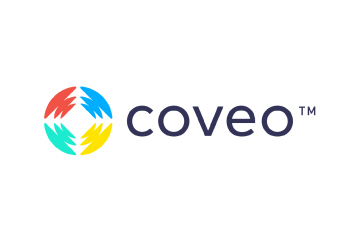
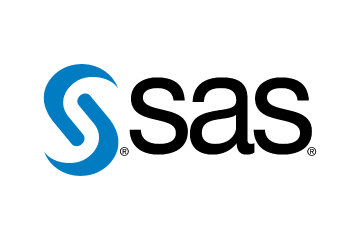
 Adobe Experience Cloud offers a comprehensive set of applications, capabilities, and services specifically designed to address day-to-day requirements for personalised customer experiences at scale. Its innovative platform has played an essential role in managing different digital content or assets, to improve customer happiness or satisfaction. Some of its products include Adobe Gen Studio, Experience Manager Sites, Real-time CDP, and Marketo Engage.
Adobe Experience Cloud offers a comprehensive set of applications, capabilities, and services specifically designed to address day-to-day requirements for personalised customer experiences at scale. Its innovative platform has played an essential role in managing different digital content or assets, to improve customer happiness or satisfaction. Some of its products include Adobe Gen Studio, Experience Manager Sites, Real-time CDP, and Marketo Engage.

